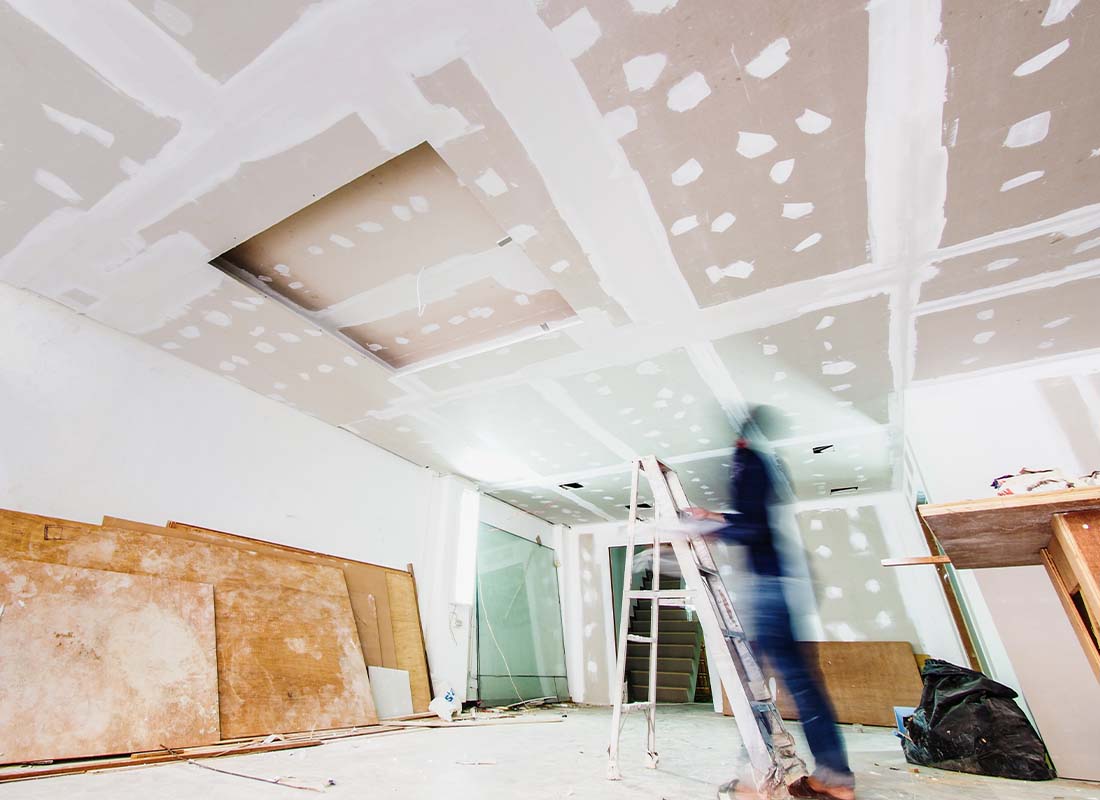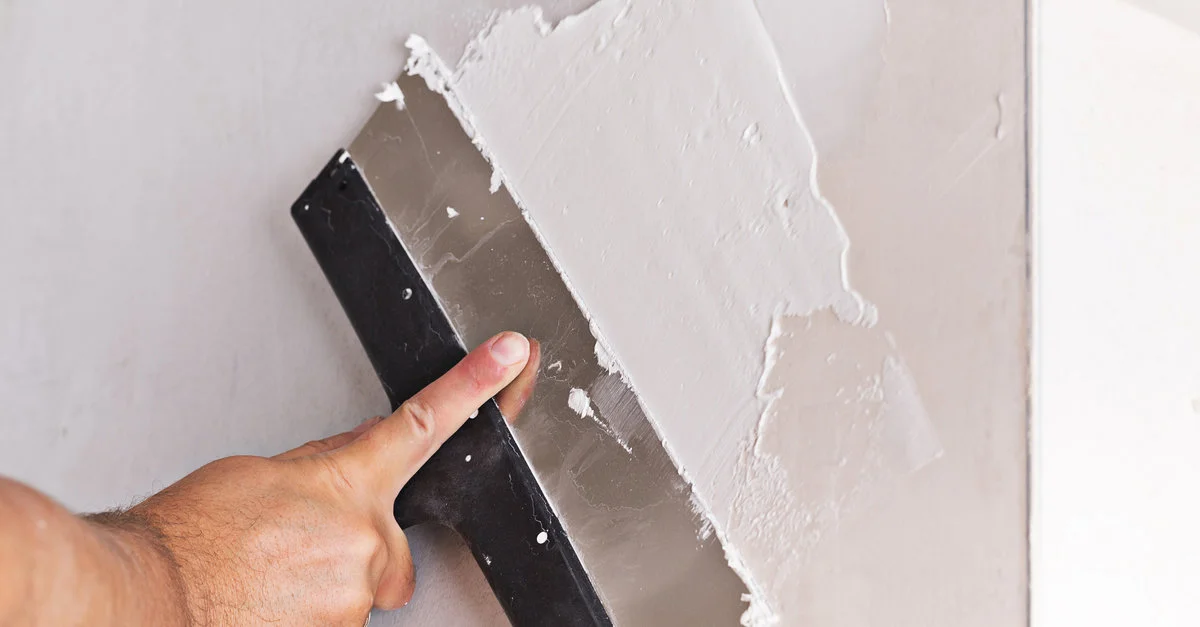Specialist Drywall Contractor Services for Your Home Remodelling
Specialist Drywall Contractor Services for Your Home Remodelling
Blog Article
Complete Guide to Trusted and reliable Drywall Installment
Drywall installment is a critical component of any kind of building or renovation job, demanding a careful method to make certain both effectiveness and integrity. It is vital to discover the nuances of each action in the process, as they collectively add to the overall success of the drywall setup.
Essential Tools for Drywalling
When starting a drywall setup job, having the right devices is important for achieving an expert coating. Crucial tools include a drywall blade, tape measure, and a T-square, which are essential for accurate measurements and smooth cuts. A drywall lift is additionally highly beneficial, particularly for ceiling installments, enabling much easier handling of hefty panels.
For fastening the drywall, a cordless drill and drywall screws are required. The drill must be outfitted with a drywall bit to guarantee effectiveness and accuracy. Furthermore, a vital device is the drywall saw, which facilitates cutting around electrical outlets and other challenges.

Additionally, safety equipment such as security glasses and a dust mask are important to make certain individual security during the installation process. Utilizing the right tools not just boosts the high quality of the setup however likewise improves the operations, making the task extra reliable general.
Preparing the Space

Next, analyze the condition of the wall surfaces and ceilings. Fix any type of existing damages, such as holes, splits, or peeling off paint, to make sure a smooth and even surface area for drywall application. Additionally, look for electrical outlets, plumbing lines, and a/c ducts, noting their locations to prevent complications during installation.
It is likewise essential to gauge the space properly, identifying the measurements of the ceilings and walls to compute the suitable quantity of drywall required. Produce a detailed plan that consists of the layout and positioning of the drywall panels.
Installation Methods
Reliable installation methods are critical for accomplishing a specialist finish in drywall jobs. Appropriate dimension and cutting of drywall sheets are fundamental steps. Always gauge the wall surface space accurately, enabling any kind of outlets or switches. Utilize an energy blade for tidy cuts, scoring the paper face and snapping the visit our website board along the scored line.
When hanging drywall, start from the leading and work downward, making certain that the lengthy edge of the board is vertical to the framing. Secure the sheets with screws as opposed to nails, which offer higher holding power and minimize the threat of standing out. Area screws every 12 inches along see post the sides and every 16 inches in the area of the board.
For edges, utilize corner beads to accomplish sharp, clean edges. When installing on ceilings, use a drywall lift or have a partner assist in holding the sheets in position (drywall fort worth). Keep a space of regarding 1/4 inch above the floor and ceiling to accommodate expansion and tightening
Ending Up Touches

Begin by using joint tape over the joints. This can be either paper or fiberglass mesh tape, with paper being preferred for its durability. As soon as the tape is in place, it's time to use the very first layer of joint substance, also referred to as mud. Make use of a 10 to 12-inch taping knife to spread the substance evenly over the taped joints, feathering the edges to blend with the bordering drywall.
Enable the substance to dry thoroughly, normally 24 hr. After drying, sand the surface area lightly with fine-grit sandpaper to get rid of any kind of imperfections. drywall repair. Repeat the mudding and sanding process, generally 2 to 3 coats, ensuring each layer is flush and smooth with the drywall surface
Usual Mistakes to Prevent
Many do it yourself fanatics come across challenges during drywall installment that can compromise the outcomes. One usual mistake is stopping working to properly reduce and measure drywall sheets. Unreliable cuts can lead to spaces and unequal joints, making finishing much more labor-intensive. In addition, neglecting to stagger joints can produce powerlessness in the wall surface, resulting in potential drooping or fracturing over time.
An additional constant mistake is inappropriate fastening. Using too few screws or nails can lead to loose drywall, while overdriving fasteners can create the paper to tear, weakening the framework. It's crucial to maintain regular spacing, typically every 16 inches, and to ensure that fasteners are flush with the surface area.
In addition, not resolving dampness problems before installation can result in mold and mildew development and structural damage. Constantly analyze the setting and use moisture-resistant drywall in high-humidity areas.
Conclusion
Reliable and trustworthy drywall installation requires thorough focus to information throughout the procedure. Preventing usual mistakes additionally adds to a professional outcome, underscoring the relevance of article accuracy and strategy in successful drywall projects.
It is necessary to discover the subtleties of each step in the process, as they collectively contribute to the general success of the drywall installment.When getting started on a drywall installation project, having the right tools is important for attaining a specialist coating.For attaching the drywall, a cordless drill and drywall screws are necessary.Correctly preparing the area is vital for an effective drywall setup.Efficient installment strategies are vital for attaining an expert surface in drywall jobs.
Report this page